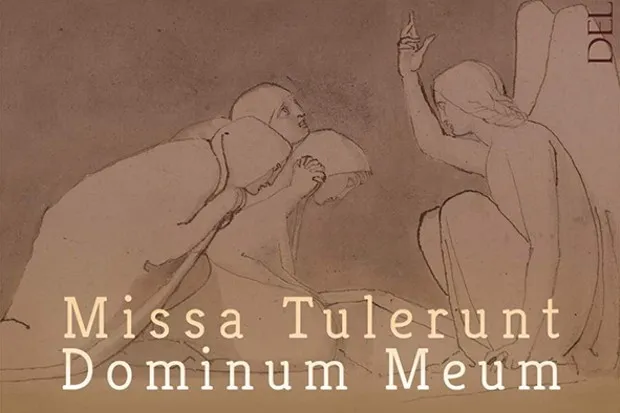
Hieronymous Praetorius Missa Tulerunt Dominum meum; O vos omnes; Tulerunt Dominum meum; Surrexit pastor bonus; plus works by Gabrieli, Handel, Hassler & Lassus Siglo de Oro/Patrick Allies Delphian DCD 34208
Although he met Michael, the most famous Praetorius of the age, Hieronymous was no relation, and worked for the most part in his home city of Hamburg where, in 1586, he eventually succeeded his father as organist of the illustrious Jacobikirche.
Among the surviving Mass settings, the Holy Week Missa Tulerunt Dominum meum – and the motet on which it’s based – have thus far evaded the microphones, and Siglo de Oro rides to the rescue, swaddling the work in Passiontide motets culled from Florilegium Portense. This 1618 collection of more than 250 works must have been admired by JS Bach since he procured a new set for the Thomaskirche in 1729.
Launching an adroitly chosen Maundy Thursday to Easter Sunday pilgrimage is Lassus’s Tristis est anima mea in a performance so ethereally poised and exquisitely voiced that the voluptuousness sits oddly with a text recounting Christ’s agony in the Garden of Gethsemane. But it’s hard to resist. Here is a choir in which all the elements are held in perfect equilibrium. Patrick Allies ponders every note before moulding lines whose suppleness in turn coalesce into a breathing, organic whole. He ferments vigour, urgency and narrative sweep in the Mass’s begetting motet, relishes the textural variety of the Kyrie, and keeps the Gloria bowling resolutely along until the ‘Qui tollis’ necessitates a change of gear.
Andrea Gabrieli’s Maria Stabat ad monumentum is a timely reminder that Praetorius was an early adopter of the sumptuous Venetian polychoral style which was soon to take Germany by storm. By way of soaring postscript, Praetorius’s Surrexit pastor bonus rounds off a beautifully recorded, aristocratically executed disc. Siglo de Oro has struck gold!
Paul Riley